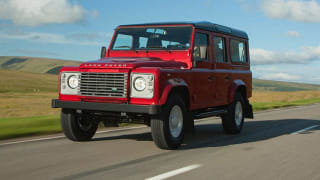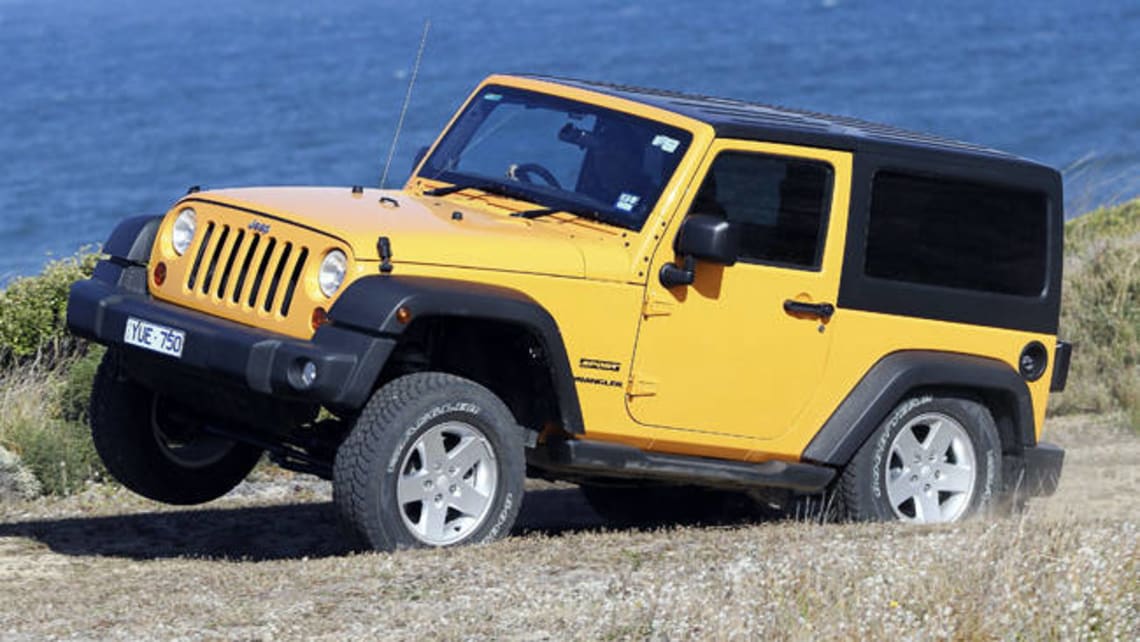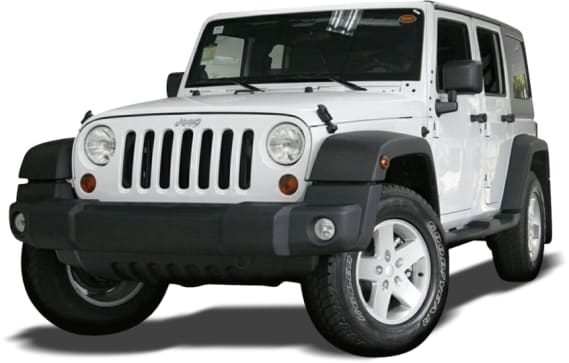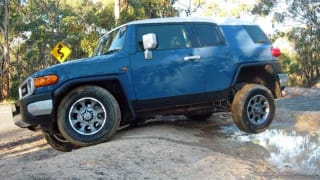Jeep Wrangler is the direct descendant of the original WW2 US Army Jeep and enjoys an iconic status with those who venture off-road.
Technology
The 2012 Jeep Wrangler is fitted with a 3.6-litre V6 petrol engine that produces more power and torque than the previous 3.8-litre powerplant, while also reducing fuel consumption. In addition, Jeep has finally booted out the old four-speed auto in favour of a new five-speed. The new Pentastar 3.6-litre V6 offers 209 kW of power (up by a whopping 63 kW) and 347 Nm of torque, up from 315 Nm in the old 3.8-litre.
Design
Wrangler's interior is a mix of retro design, in keeping with the Jeep philosophy, and modern technology. We like the driving position and the overall comfort of the front pews. There are some things that take some getting used to such as some important switches – traction control, hill descent control, emergency flashing lights and outside mirror – buried at the bottom of the centre stack.
The power window switches are mid way down the dash centre stacker. The reason for this is simple: the doors are removable. Getting in and out of the back seat is an ordeal. With all four seats in use the Wrangler's luggage area is about large enough for two aircraft flight bags. But the rear seat does fold and tumble giving a fair swag of room for camping gear. Wrangler two-door tows 1000 kg by the way.
Safety
Wrangler comes with multi-stage driver and front passenger airbags with optional seat-mounted airbags for front seat passengers. Stability control, brake assist, traction control, electronic roll mitigation, tyre pressure monitoring lamp, trailer sway control, hill start assist and brake lock differentials are all standard. The auto also gets hill descent control.
Fuel economy
Jeep claims combined fuel consumption of 11.2 litres/100 km. During our review period we found Wangler auto slurped around 15.4 litres/100 km around town, and the combined figure was around 11.9 litres/100 km. On the open road the engine was quite a bit thirstier at 110 km/h than it was cruising at 100 km/h. At the higher speed we could not get below 12.3 litres/100 km. Jeep has improved consumption by bringing in the five-speed auto, but ideally we'd like to see a six or seven speed with a taller top gear to reduce the rpm when sitting on speeds above 100 km/h.
Driving
Wrangler has always been vague in the steering. The current model is leaps and bounds ahead of the previous model but it still has a long way to go, particularly on Australia's rough roads. It’s is fine on the smooth tarmac, but as soon as it gets a little lumpy the car starts to jump around and requires the driver's full attention and input. Wrangler does respond quickly and predictably to driver input. The new engine delivers the goods and is never found wanting on hills or for passing at speed without dropping back a cog. If the road is dead smooth it also handles fairly well for a high-riding 4WD.
Off-road is where Wrangler gets it together. The approach, departure and ramp-over angles are excellent for the toughest of terrain. The hill descent control works well and we really like the gearing in the auto when in manual mode. Being an auto and with the engine having so much torque, grunt is never going to be an issue off-road. Wrangler Sport two-door comes with the Command-Trac transfer case, so this is the basic Wrangler package for off-road duties with the Rubicon getting all the good stuff like front and rear electronic remote locking differentials.
Verdict
Good as the new petrol is, we'd opt for the diesel variant for on road economy and off-road performance. If you are buying a Wrangler for occasional off-road use the Sport is probably the way to go. If you are into regular serious off-road excursions with a Jeep club, then the Rubicon is the only choice.











